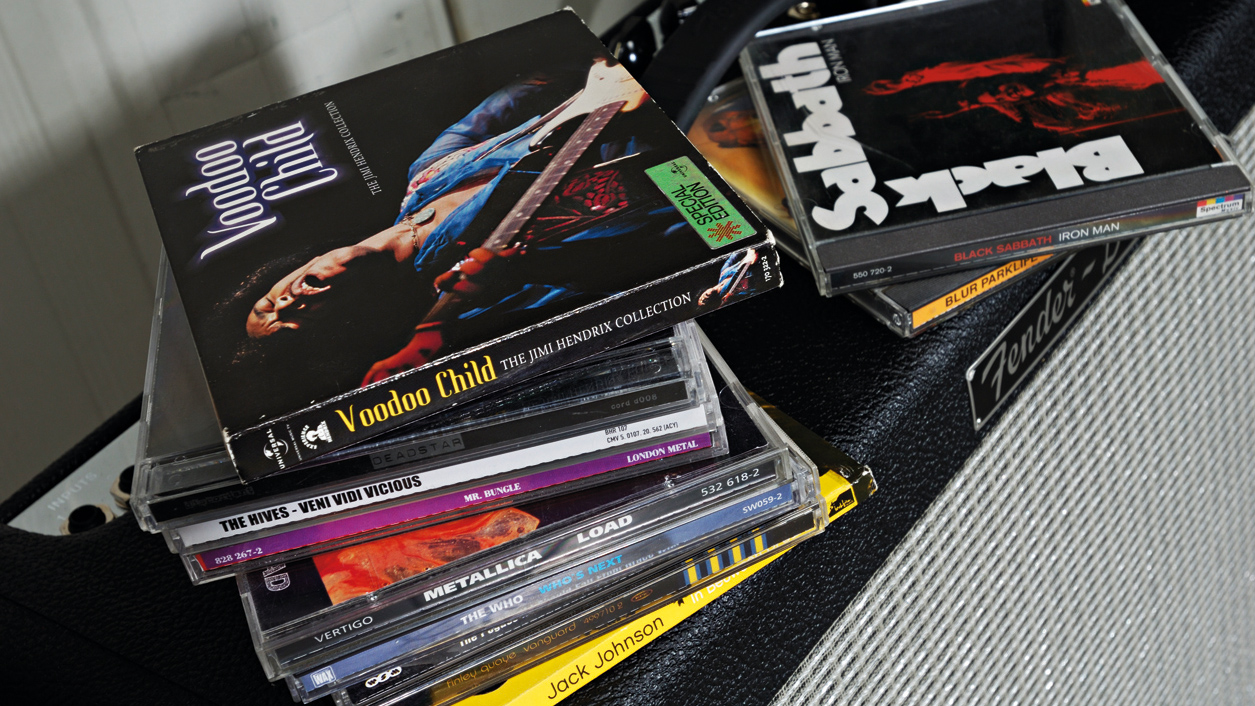Google+ Hangouts: should bands mix gigs with gigabytes?
All the world wide web's a stage

Music and technology seem like perfect bedfellows.
Since recorded music began, the two have had a mutually beneficial relationship – logistically, music needs tech to reach its audience (be it recorded or live) and tech has long needed music to make sales. What's the point of buying a hi-fi, speaker set or a music player if you've nothing to play on it?
But it can come at a price. Quite aside from the financial requirements of constant hardware upgrades and format changes, consider the people who go to gigs and are so busy trying to Instagram every moment that they miss the actual performance.
What about the audio quality dip we put up with in order to store thousands of MP3s on one gadget the size of a pen lid?
What's new pussycat?
Like many convenience-friendly tech developments, Google's new Studio Mode for Google+ Hangouts sounds like a great idea on paper.
Studio Mode is optimised for music performances in video broadcasts on Google+, so Joe Public can watch his favourite band playing live from the relative comfort of his desk or bed or bath, and bands can get out there and play live to audiences without the expense and inconvenience of touring.
A demo video shows the sound quality difference off in detail – as if by magic, the demo leaps from a tinny back-of-the-bus hum to rich CD-quality tones.
Sign up for breaking news, reviews, opinion, top tech deals, and more.
It's not magic though, of course. It's tech. A Google spokesperson told us, "When we first launched Hangouts, the audio was geared towards voice.
"Studio Mode uses a wider audio spectrum that reflects studio-quality sound. This feature is optimised for music and uses an increased bit rate and stereo."
You can also broadcast the live video to YouTube and embed it on any website, as the Studio Mode is a combination of Google+ and YouTube Live expertise.
Sound of the underground
It all sounds jolly nice in theory. In practice, it might be trickier to get a good sound out of Studio Mode than it seems.
Rhodri Marsden, who plays keyboards with Scritti Politti (but is, in his own words, "no audiophile"), lent us his musician's ears and deemed the video demo to be acoustically acceptable.
"As far as audio quality goes I'd just say 'Yep, sounds good'. If your records would sound fine using that compression system then it's perfectly fine for live sound, too," he said.
But that's not all there is to consider; as much as garage bands might be attracted to the cheap and cheerful "open up your laptop, wave at its camera and blast away at the internal microphone" approach, Marsden points out that "all the compression algorithms in the world aren't going to make up for how bad that's going to sound."
Similarly, if your listeners are tuning in with nothing more than a laptop and its built-in speakers (or, worse, a phone), there's no rescuing those results.
"Your mighty black metal band will be reduced to an inconsequential tinny racket as people listen to you through speakers the size of a thimble. Only you can make that call as to whether you think that's a good idea."
More than words
Without a few extras, you may think you're sending searing bolts of musical truth straight from your guitar to your listeners' hearts when, in fact, you sound like a voicemail from Dappy. Even Google agrees that to get the most out of Studio Mode a bit of additional hardware wouldn't go amiss.
Something like the Sound Devices USBPre2 digital converter will give bands more control over how they sound in Studio Mode – but at around £570 it doesn't come particularly cheap.
"For microphones, it will vary based on what you're broadcasting and what the environment is," Google's spokesperson added. "For example, if it's a loud room and you're playing acoustic guitar, maybe a noise cancelling shotgun condenser microphone works best."
But sound quality isn't the only factor that's potentially at stake. Google's Studio Mode hangouts are really no substitute for the real deal, for musicians or audiences.
Just as hitting 'Like' on a band's Facebook page isn't the same as putting your money where you mouth is and buying a CD or a gig ticket, tuning into a Hangout isn't even in the same school as getting up and going to a show, let alone the same class.
It's a question of whether a band will prefer live streaming or live screaming.
"Gigs are basically social events," Marsden explained. "And while social media's done a great job of creating this parallel world of social activity – a weird simulacrum of real life, almost – moving live concerts across to that world means losing so much of the experience that I wonder if it's really worth it.
"Gigs are about volume, about the band seeing the whites of the eyes of the audiences and vice versa, it's about shared experience with people sitting or standing around you. I don't believe that you can recreate that atmosphere over ADSL and a router."
Whether the audience enjoys it or not, it may not be worth it for the band members themselves.
"It's more likely to feel like a stressful rehearsal with a camera pointing at you," said Marsden. "Whoo-hoo."
Former UK News Editor for TechRadar, it was a perpetual challenge among the TechRadar staff to send Kate (Twitter, Google+) a link to something interesting on the internet that she hasn't already seen. As TechRadar's News Editor (UK), she was constantly on the hunt for top news and intriguing stories to feed your gadget lust. Kate now enjoys life as a renowned music critic – her words can be found in the i Paper, Guardian, GQ, Metro, Evening Standard and Time Out, and she's also the author of 'Amy Winehouse', a biography of the soul star.